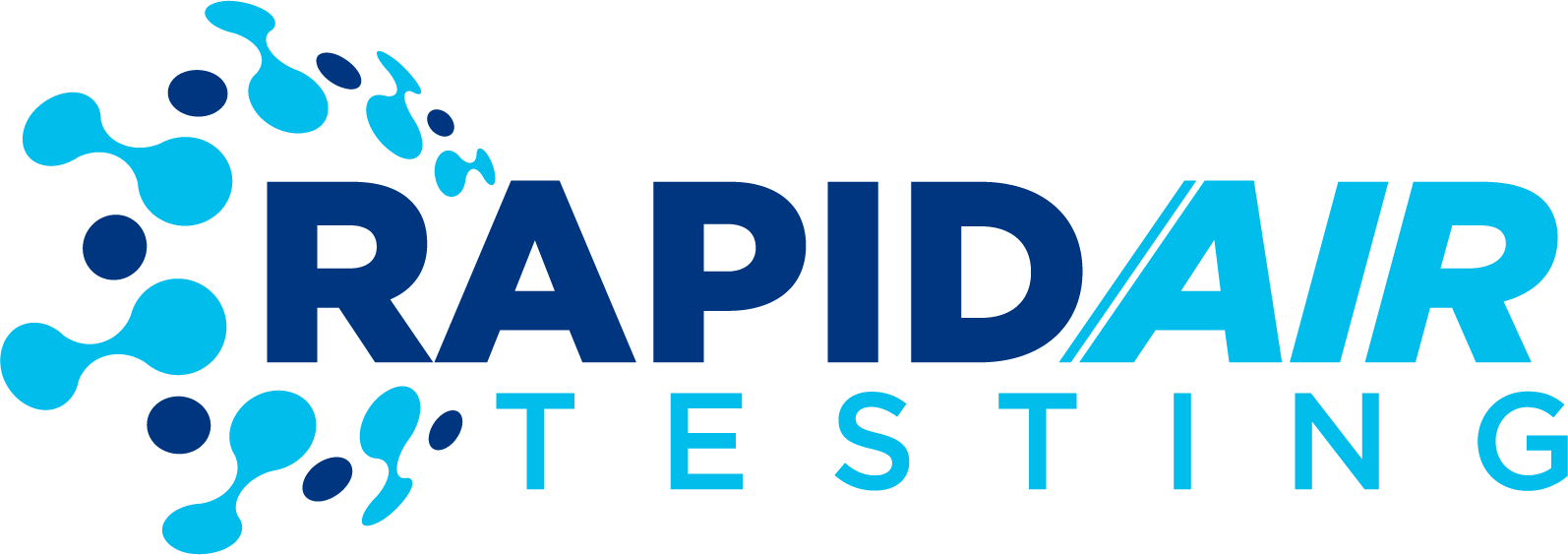1. Understanding the Impact of Humidity on Mold Growth
Humidity plays a significant role in mold growth within our homes. When the air is excessively humid, it creates the perfect breeding ground for mold spores to thrive. The higher the humidity levels, the higher the likelihood of mold infestations. Understanding this connection is crucial in preventing mold issues.
High humidity levels above 60% provide the moisture mold needs to grow and spread rapidly. In humid climates, such as tropical regions, controlling indoor humidity becomes even more critical. Keeping humidity levels below 50% can significantly inhibit mold growth, making it essential to invest in a good quality humidity monitor.
Mold requires three elements to flourish: a food source, the right temperature, and moisture. Humidity contributes to the moisture factor, making it easier for mold to colonize various surfaces. By comprehending how humidity fuels mold growth, we can take proactive steps to maintain a mold-free environment in humid climates.
2. Ventilation: A Key Player in Mold Prevention
Proper ventilation is a key component in preventing mold growth in our homes. Adequate airflow helps reduce humidity levels by allowing moist air to escape and drier air to enter. Whether through windows, exhaust fans, or air vents, good ventilation is crucial in creating an inhospitable environment for mold.
Ventilation systems in kitchens and bathrooms play a vital role in maintaining low humidity levels. When cooking or showering, excess moisture is released into the air, increasing the risk of mold formation. Ensuring these spaces are well-ventilated can significantly decrease the chances of mold developing in these areas.
Regularly inspecting and cleaning ventilation ducts is essential to ensure optimal airflow throughout your home. Blocked or dirty ducts can impede air circulation, leading to stagnant, humid conditions that are ideal for mold growth. By prioritizing ventilation maintenance, you can fortify your mold prevention efforts effectively.
3. Effective Moisture Control Strategies for Your Home
Implementing effective moisture control strategies is fundamental in combating mold issues. Simple practices like promptly fixing leaks, ensuring proper drainage around your home, and using dehumidifiers can significantly reduce excess moisture, limiting mold’s ability to thrive and spread.
Regularly inspecting your home for water leaks, especially in hidden areas like attics and crawl spaces, is crucial in early mold detection. Addressing leaks promptly not only prevents water damage but also aids in mold prevention. Remember, moisture control is the key to mold prevention.
Investing in a quality dehumidifier can be a game-changer in maintaining optimal humidity levels within your home. These devices work by extracting excess moisture from the air, creating an environment that is unsuitable for mold growth. By incorporating dehumidifiers in damp areas, you can effectively combat mold infestations.
In addition to using dehumidifiers, ensuring proper ventilation in areas prone to high humidity, such as basements and laundry rooms, is essential. Good airflow prevents moisture buildup, hindering mold spores from settling and multiplying. Combining moisture control strategies can significantly enhance your home’s mold resistance.



 Suspected areas of growth
Suspected areas of growth